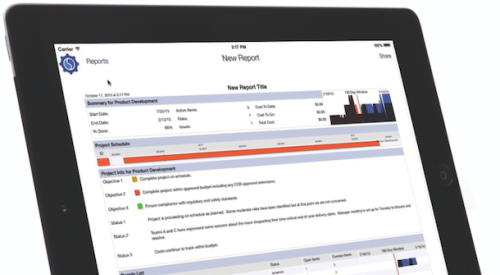Traffic on Robben Development’s Web site doubled in the past year, driving dozens of additional buyers to the company’s sales office better informed and more prepared to buy. CEO Paul Robben credits steps his company took to improve the site and capitalize on growing evidence that home buyers shop the Web first.
In July, a National Association of Realtors survey reported that 71% of all home buyers in the first quarter of 2003 said they used the Internet in their search, up from 41% in the first quarter of 2001.
"It’s very apparent that many prospects come to our sales office after visiting our Web site," says Robben, whose firm develops about 200 lots and builds about 100 homes each year in the Kansas City area. "We can focus on serving their needs and answering their specific questions. It reduces the amount of time they need to make a decision."
But the growth in visitors to Robben’s Web site did not happen magically. A year ago, the firm hooked up with Builder Consulting Inc. to help grow the right kind of traffic to the site and to keep those visitors coming back.
Drive More Traffic
Use meta tags. Builder Consulting’s president and chief technology officer, Robert Jackson, says the key to driving the right kind of traffic to your Web site often lies in the details of the source code behind the site. Invisible to the Web user, meta tags tell search engines such as Yahoo and Google the contents of each page and also provide a ready-made description of your site that the search engine can post. If meta tags are left off your site, Web searchers can’t find it.
Register with search engines. Seems basic enough, but a lot of builders neglect to register their sites with MSN, America Online, Google and others. Jackson says it’s a common misperception that popular Internet search engines automatically find all Web sites. It usually requires registration.
Pay per listing. The big new home real estate sites, from AOL’s real estate channel to Homestore.com, offer listing packages to help raise a Web site’s visibility. A local builder can pay to be the featured listing for all users searching for homes in a local area, be it Dayton, Ohio, or Chattanooga, Tenn. Pay per listing is more like traditional advertising.
Pay per click. The big real estate sites also offer a more targeted method of generating leads, pay per click. This is a step up from pay per listing and can cost a lot more, from hundreds to thousands of dollars per month. Jackson says the key is to focus on smaller local areas as a trigger for keyword searches on which you bid. Instead of paying $3 per click for "Chicago new homes," Windy City builders might want to bid $1 for keywords associated with specific suburban areas where they build.
Avoid using Flash on your home page. Animation looks great, but search engines bypass animated objects created in Flash programming software. On the other hand, Flash is great for inside pages, particularly design areas, where photos and floor plans can be displayed to full effect.
Attract Repeat Visits
Be clear. The home page should "say who you are, where you build and what price point you build into," Jackson says. From there, a builder should provide company background, photos and floor plans of model homes, information about inventory as well as photos of neighborhoods, all in a simple, attractive package. Testimonials and warranty information also make good menu items.
Provide frequent up-dates. Buyers return to sites that get refreshed often. Someone on your staff should be trained to update photos, prices, floor plans and communities weekly or even daily. Web hosting firms provide a means for updating private databases that dynamically changes the Web site, with no programming required.
Respond quickly with correct information. New home shoppers like the anonymity the Web offers. Don’t reply to an e-mail inquiry about a model, floor plan or community with a phone call. Respond with an e-mail that answers their specific question and build the relationship from there, Jackson says. Be sure to send follow-up e-mail every four to eight days. This keeps leads fresh and grows the lead pool.
Spot trends. Web hosting firms offer traffic reports as part of the package. Use those reports to find out which areas of the site work and to eliminate or change those that don’t.










